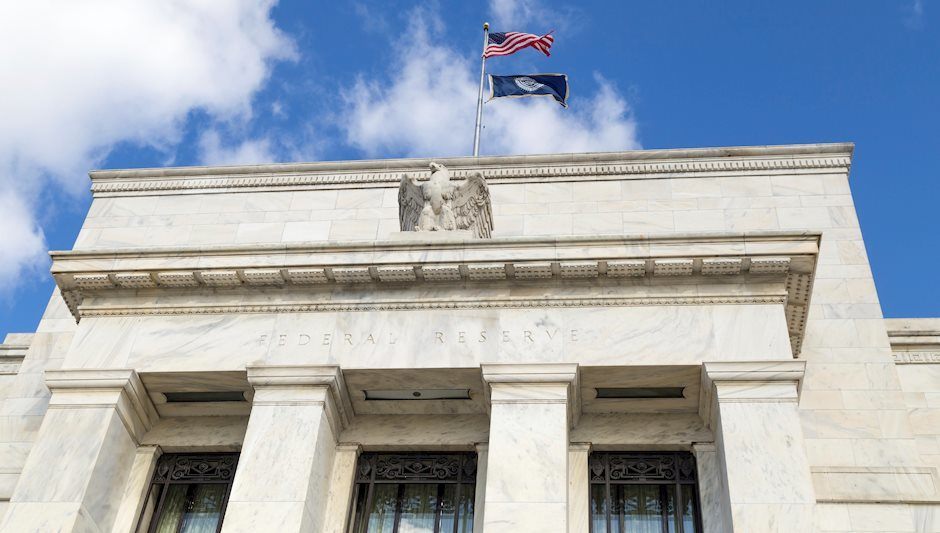Prepare for high volatility as the Fed meeting is coming

It’s a currency seasonality thing for sure: the market gets calmer in June, only for price action to turn more volatile in July to August. It seems like 2021 could be another year that the Fed is going to take charge here.
As the Fed begin its two-day meeting on 27 July, the Bank of England will also announce its decision on 8 Aug, happening over the span of two weeks. The Fed officials are set to accelerate deliberations at their meeting this week over how to scale back their easy-money policies amid a stronger US economic recovery than they anticipated six months ago.
Fed Chairman Jerome Powell has said their discussions are focusing on two important questions: When to start paring their monthly purchases of USD80 billion in Treasury securities and USD40 billion in mortgage securities; and how quickly to reduce, or taper them.
The answers matter greatly to financial markets because Fed officials have said they aren’t likely to consider raising interest rates from near zero until they are done tapering the asset purchases. Some officials have discussed concluding the purchases around October 2022 so they could lift rates later that year if the recovery is stronger or inflation is higher than now anticipated.
The Fed began buying large quantities of the securities in March 2020 when the Covid-19 pandemic triggered a near-meltdown in financial markets. The purchases aim to hold down long-term interest rates to encourage borrowing and spending. Fed officials are likely to receive formal staff briefings at their meeting next week on potential strategies for tapering the bond purchases. No decisions have been made.
The timing of the Fed’s plans will depend on whether the economy keeps performing as expected, and whether Powell can build a consensus among policy makers on how to proceed.
The Fed’s preferred inflation gauge, excluding volatile food and energy categories, rose 3.4% in May from a year earlier, a larger jump than expected and higher than their target of 2% on average. Last August, they said they would seek inflation moderately above that level for some time to make up for years of shortfalls.
While inflation is running well above that goal, Powell and many of his colleagues have said that as shortages driven by the reopening of the economy begin to subside, they expect price increases to keep at a moderate rate.
Last December, the central bank said it would continue the current pace of bond purchases until the officials concluded that they had achieved “substantial further progress” towards their goals of 2% inflation and robust employment.
Author
%20V2_XtraSmall.jpg)
Wayne Ko Heng Whye
Fullerton Markets Ltd
As Head of Research & Education in Fullerton Markets, Wayne provides thought-provoking analysis and trading ideas to thousands of clients worldwide.

















